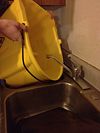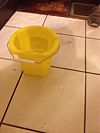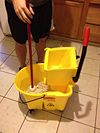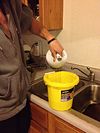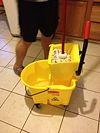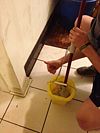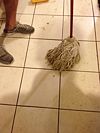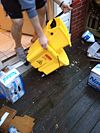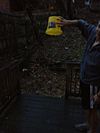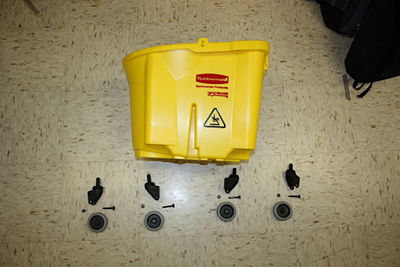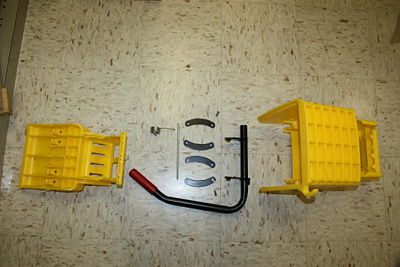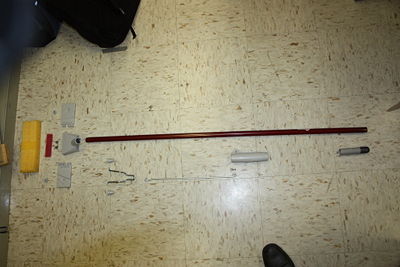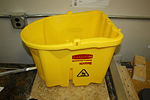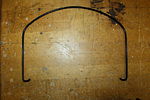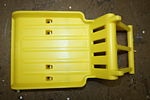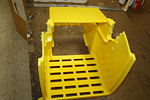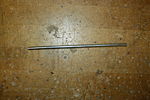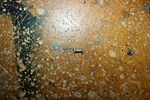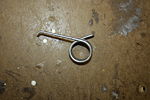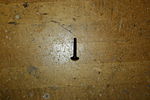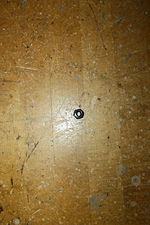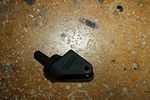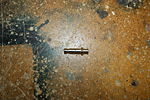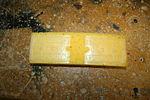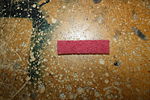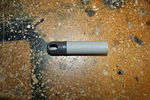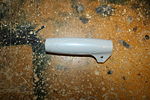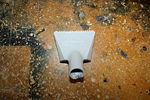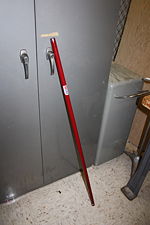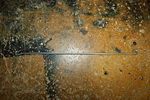Mop wringer
From DDL Wiki
(→Failure Mode and Effect Analysis) |
(→Design for the Environment) |
||
| Line 461: | Line 461: | ||
= Design for the Environment = | = Design for the Environment = | ||
| + | <span style="color:#FF0000"> | ||
What is the major source(s) of CO2 in the product's life cycle? If Congress were to pass a tax on CO2, would this have a significant impact on the cost of production or use of the product? | What is the major source(s) of CO2 in the product's life cycle? If Congress were to pass a tax on CO2, would this have a significant impact on the cost of production or use of the product? | ||
| + | </span> | ||
= Group Dynamic = | = Group Dynamic = | ||
Revision as of 23:53, 5 February 2012
Contents |
Executive Summary
Your executive summary is not a table of contents -- it is a summary of major findings and recommendations.
You are to provide the key information an executive would need to make a decision in just a few sentences.
Focus on your findings, conclusions, and recommendations rather than telling a chronological story. Bad example: "We identified custimer needs and then we analyzed the product using DFMA, DFE, and FMEA." Good example: "The competitor product is well-designed for manufacturing and assembly, with a low part count and appropriate choice of materials and processes. However, we recommend consolidating the housing into a single part and replacing fasteners with snap fits to further reduce part count and production cost."
Stakeholder Analysis
In performing a product use study the following stakeholders and their needs were identified and documented. Even though the list contains many eccentric interests, there are many shared values.
| Stakeholder | Needs |
|---|---|
| Manufacturers | Low cost, Able to mass produced, Easy to assemble, Environmentally friendly, Easy to store and package |
| Investors | Low cost, Significant innovation, Aesthetics, Large market |
| Retailers | Easy to store, Accessory options, Universal interface, Compatibility, Low cost, Utility |
| Cleaning Supply Companies | Universal interface, compatibility |
| Commercial Consumers | Low cost, Durability, Light Weight, Quiet, Intuitive operation, Ergonomic design, Easy to stow, Easy to clean |
| Independent Consumers | Low cost, Aesthetically pleasing, easy to clean, Storability, Portability, Intuitive operation, Light weight, Durability |
Usage
Product Use Steps
| Mop and Bucket Combination | Self-Wringing Folding Mop | |||||
|---|---|---|---|---|---|---|
| Step # | Description | Image | Step # | Description | Image | |
| 1 | Make a mess | 1 | Make a mess | |||
| 2 | Fill bucket with water | 2 | Obtain a bucket | |||
| 3 | Add recommended amount
of cleaning solution | 3 | Fill bucket with water | |||
| 4 | Put mop in bucket | 4 | Add recommended amount
of cleaning solution | |||
| 5 | Move mop to wringer | 5 | Put mop in bucket | |||
| 6 | Wring out mop | 6 | Slide wringer towards
end of mop, over the bucket | |||
| 7 | Mop floor (i.e. move back
and forth across desired dirty surface) | 7 | Mop floor (i.e. move back
and forth across desired dirty surface) | |||
| 8 | Repeat steps 4-7 until
desired cleanliness is achieved | N/A | 8 | Repeat steps 5-7 until
desired cleanliness is achieved | N/A | |
| 9 | Empty bucket | 9 | Empty bucket | |||
| 10 | Repeat steps 2-3 as desired | N/A | 10 | Repeat steps 3-4 as desired | N/A |
User Studies
Mechanism
Bill of Materials
Design for Manufacturing Analysis
Are there opportunities to improve manufacturability and make a competing product cheaper? Identify where material and process choices are appropriate or inappropriate for expected production volume.
Failure Mode and Effect Analysis
Are there important failure modes that should be considered in a redesign or a new design? Please focus on use phase, rather than manufacturing.
Design for the Environment
What is the major source(s) of CO2 in the product's life cycle? If Congress were to pass a tax on CO2, would this have a significant impact on the cost of production or use of the product?
Group Dynamic
Team lead:
DFMA lead:
FMEA lead:
DFE lead:
Summary of team chemistry
= References =


